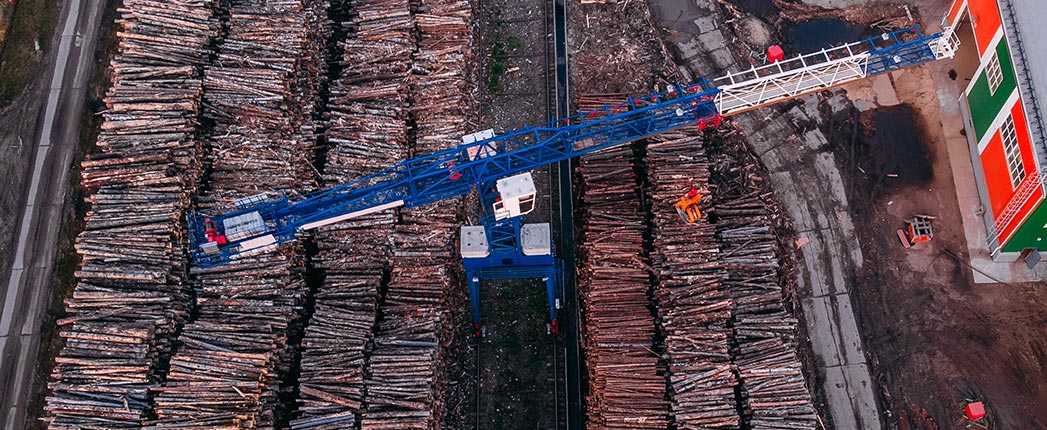
An increasing number of Russian lubricant market participants report that demand is rebounding from the impacts of the COVID-19 pandemic, according to a survey conducted last month.
The latest issue of B2X Moscow consultancy’s Lubricants Business Monitor is based on information gathered from key Russian lubricant manufacturers, importers and distributors. It provides general information about their September observations of sale trends as well as forecasts of company sales, profitability and accounts receivable. The firm previously conducted the survey in May and June.
In September, only 4% of survey respondents expected national lubricant demand to decrease by more than 20% in 2020. This result is much better than the June survey, when 12% of respondents expected a demand drop of over 20% this year.
The consultancy found that expectations are rising for lubricant sales in Russian retail channels such as independent service stations and hypermarkets, which combine convenience and department stores. Also, increased percentages of survey respondents said that lubricant demand is growing in the agriculture, food, forestry and construction industries.
Eighteen percent of surveyed auto part stores reported lube sales rising in September, compared to just 6% of the same group of respondents in June. Similar positive change was recorded at car dealerships. The largest increase was for independent service stations, where 52% of the respondents supposed in September that demand has increased, compared to only 17% in June.
In the September survey, 37% of the respondents reported that lube sales in hypermarkets increased, compared to 20% in June. The percent of respondents reporting that online lube sales are growing also increased – from 64% in June to 70% in September. Twenty-five percent of respondents reported in September that lube demand from the chemicals industry was improving, the same portion as in June. The number reporting improved demand from the forestry industry rose from 8% to 19%.
Twenty-five percent of respondents reported in September that lube demand from the chemicals industry was improving, the same portion as in June. The number reporting improved demand from the forestry industry rose from 8% to 19%.
The September survey also suggested encouraging increases in spending by players in the lubes market. Fifty percent of company respondents said they are progressing with steps to digitalize their businesses, up from 46% in June. Also, 23% reported increasing funding of training for clients and partners, compared to just 11% in the prior survey.
On the other hand, 50% of respondents reported their companies reducing spending on marketing – the same portion as in June. Forty-eight percent of respondents said in September that their companies cut back on hiring, down from 62% in June. Half said their companies were cutting back on investments, compared to 59% the previous survey.
B2X’s Lubricants Business Monitor features a lubricants business consumer index based on indicators such as consumer, commercial and industrial demand; sales; profitability; costs and receivables. The September index registered 50.4 on a scale of zero to 100, indicating very slightly positive market development. In June the index was 52.2.
B2X to repeat the survey in December.